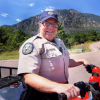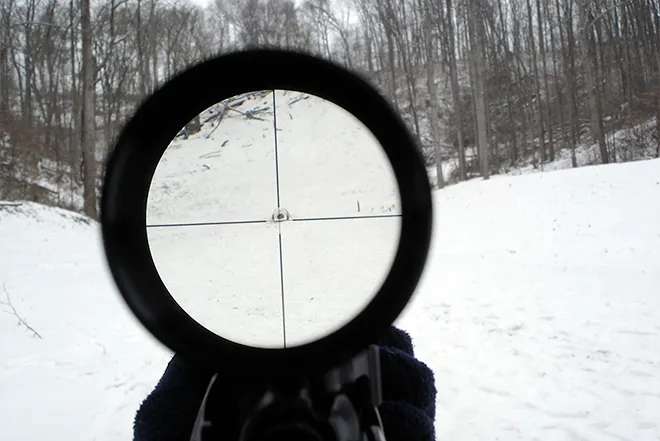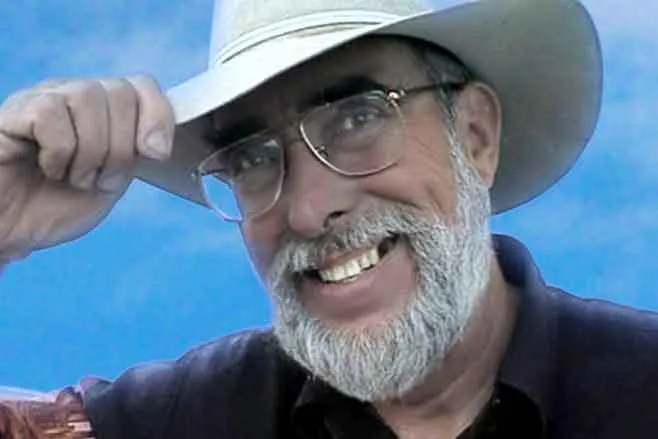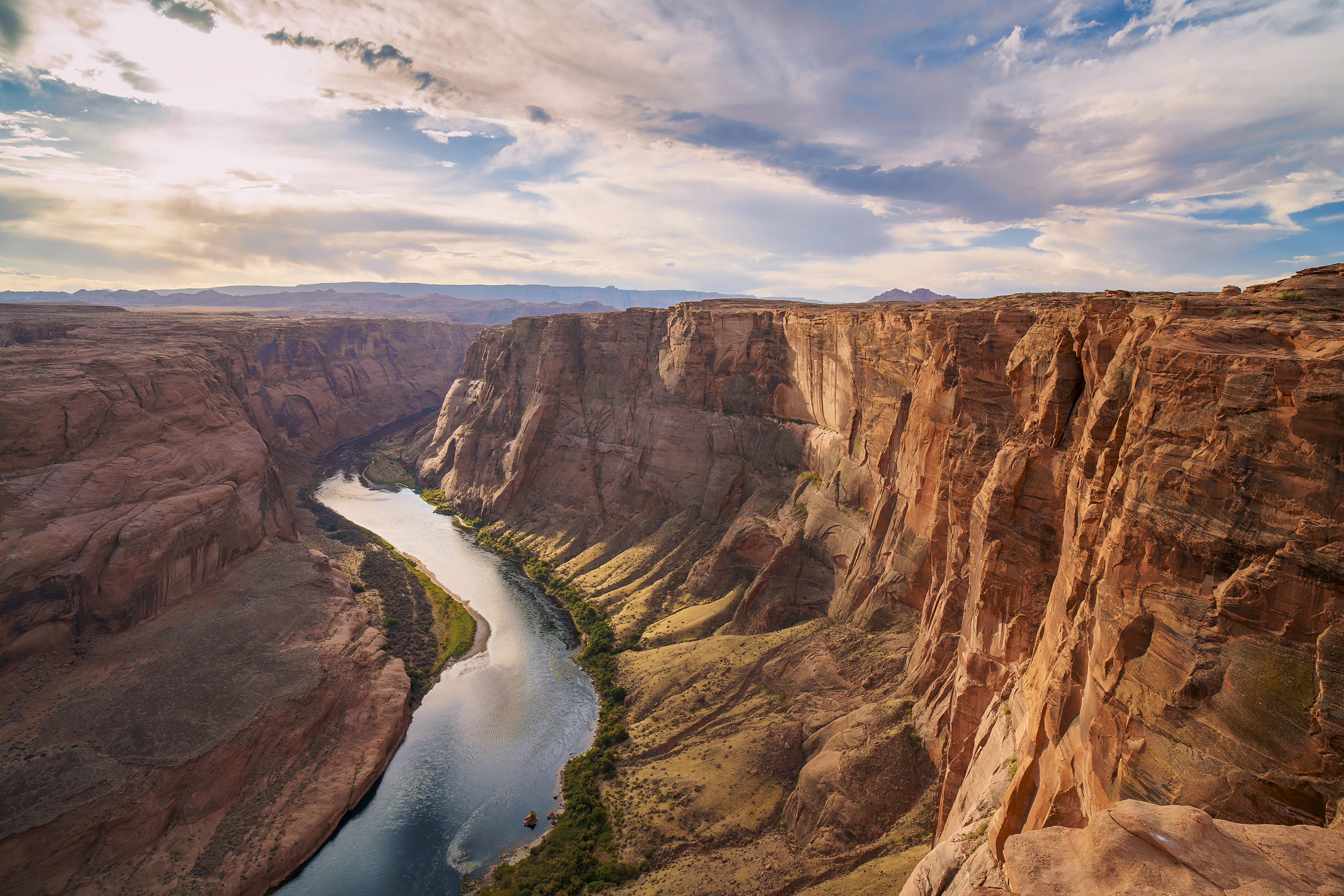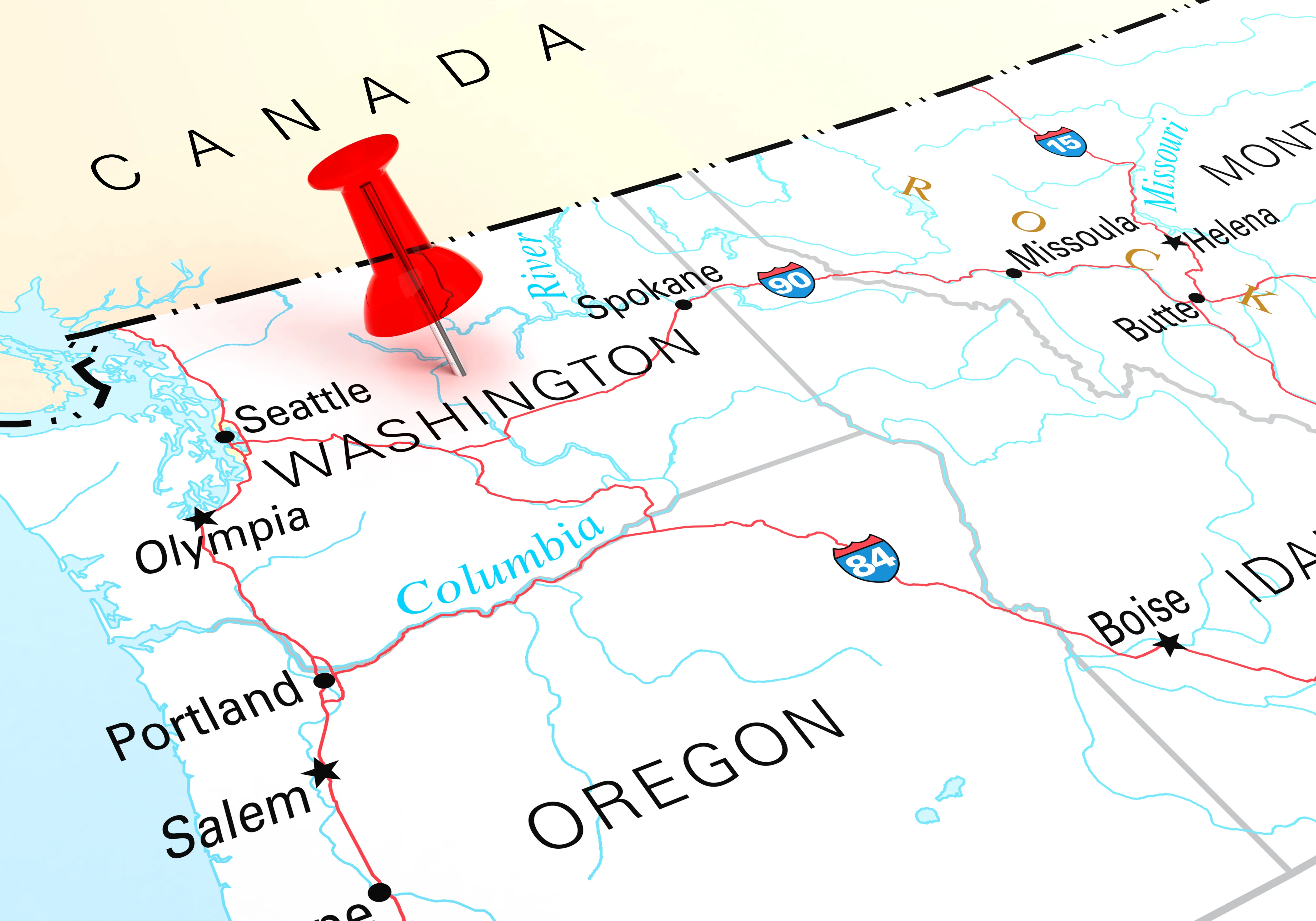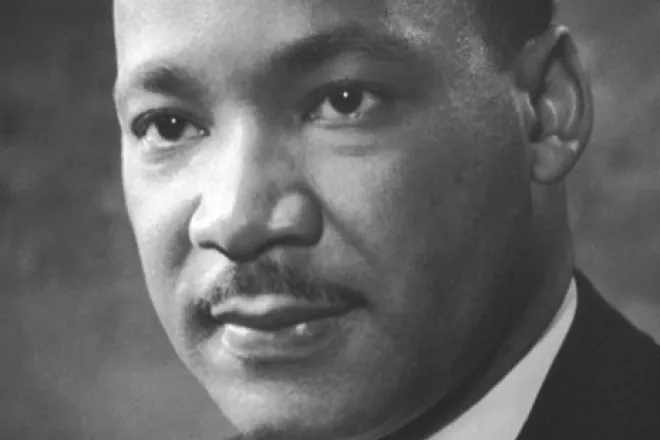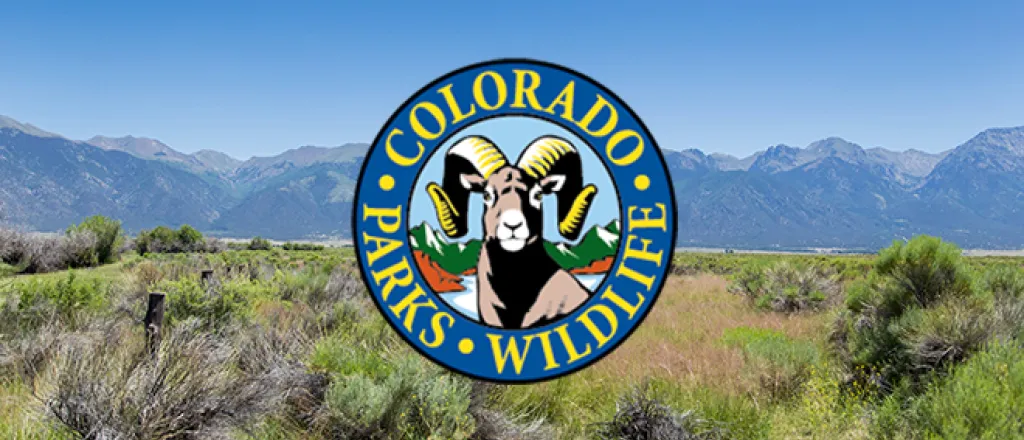
Ranger Station: Fascinating Little-Known Facts About 7 State Parks
Recently, as I was exploring Cheyenne Mountain State Park, I spotted a large dead tree still standing, thanks to a smaller tree that was holding it up – its branches wrapped around the dead tree’s trunk.
The dead tree had scars made years ago by barbed-wire fencing. The barbed wire was long since removed, but the scars remained.
Of course, we don’t use barbed wire much in state parks. It was a remnant of the cattle ranch that existed here for decades before this property for became a state park in 2006.
It got me thinking about the history of Cheyenne Mountain and other state parks.
Did you know many parks originally were ranches or family-owned properties?
Some were purchased and became parks. Others were donated or willed to the state.
Some state parks aren’t even state property. They are owned by federal entities such as the U.S. Bureau of Reclamation, the U.S. Bureau of Land Management or the U.S. Army Corps of Engineers. Colorado Parks and Wildlife simply manages the properties as state parks.
The Arkansas Headwaters Recreation Area has a long and colorful history. Prior to it becoming a state park lining 152 miles of the Arkansas River, pioneers such as Zebulon Pike used its shores for base camps. Pike actually spent the Christmas of 1806 in an area that is now the Big Bend day use area.
Lake Pueblo State Park is one of the parks not owned by CPW. The dam was built in 1970-75 by the Bureau of Reclamation and CPW manages the park and water recreation assets. Beneath the waters of the lake are remnants of building that once were the towns of Swallows and Turkey Creek. There are even old railroad bridges under the water.
In the Rock Canyon section of the park, Charles Goodnight had a ranch. Goodnight invented the chuck wagon and blazed the Goodnight-Loving Trail, used to drive longhorn cattle from Texas to Colorado in the late 1800s. His barn still stands and is being restored by a local historical group.
Lathrop State Park in Walsenburg holds the distinction of being the first Colorado State Park in 1962. Lathrop, with its twin lakes and adjacent golf course, was actually a privately-owned park before being purchased to be the first state park.
The site of Trinidad Lake State Park was home to several small communities prior to the dam being built by the U.S. Army Corps of Engineers and acquired by CPW in 1978. Those communities were mostly mining-based and remnants of the mines are still on the park. The park features historical attractions such as the coal mining ruins at Cokedale.
Also, a portion of the mountain route of the Santa Fe Trail runs through the park.
John Martin Reservoir State Park was established in 2001 but the reservoir had been around since 1948 after the dam was built by the Corps of Engineers. The dam was created for flood control and was spearheaded by U.S. Rep. John Martin, hence the name.
The area is home to a lot of wildlife including two endangered bird species and the lake is full of fish.
An interesting bit of trivia: the first recorded death in Colorado of an explorer due to grizzly bear attack was Lewis Dawson in November 1821 at a campsite east of Las Animas near the confluence of the Arkansas and Purgatoire rivers where the reservoir now exists.
Mueller State Park was originally a series of ranches that were purchased by W.E. Mueller after the gold rush. Ranch buildings are still part of the park today. There’s even a still in the woods where they made moonshine. Ask a park ranger or staff for directions.
Cheyenne Mountain was a cattle ranch until the U.S. military bored out the mountain to create the Cold War fortress called NORAD (now known as Cheyenne Mountain Air Station). NORAD’s access road split the property, cutting off access to and from the ranch pastures.
It also compromised the water table, creating large lakes inside NORAD and depleting the amount of surface water for the ranch and its cattle, eventually prompting the ranch owners to sell and leading to creation of Cheyenne Mountain State Park.
Remnants of the ranch can still be found in the park, including trees with fence scars.
Next time you wander a state park, think about whose footsteps you are following. It is an inspiring thought. Most parks have displays in their visitor centers that include the history. Stop by and take a look.
As always, please give me a shout if you have any questions I might be able to answer.

